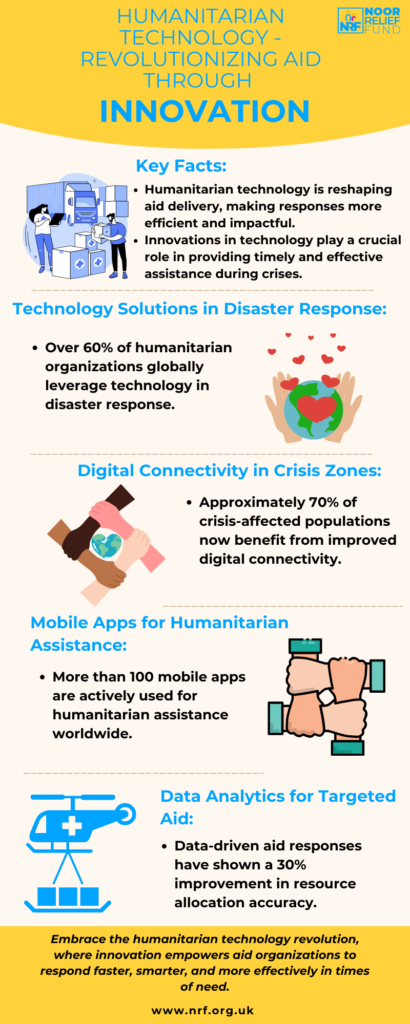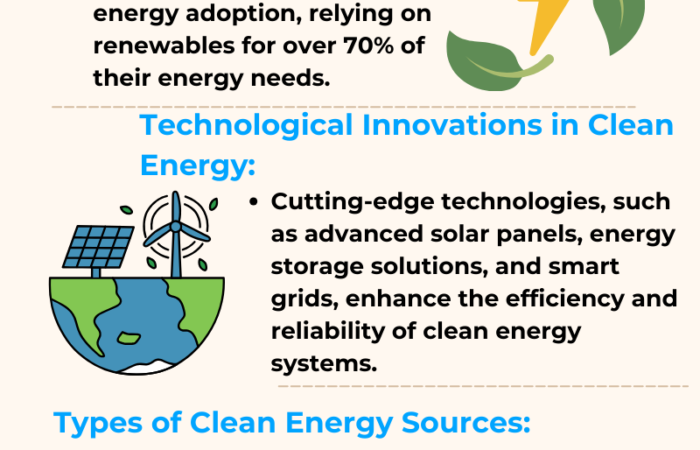In a world plagued by natural disasters, armed conflicts, and public health emergencies, the importance of disaster relief and humanitarian aid cannot be overstated. These two intertwined concepts play a critical role in alleviating the suffering of people affected by various crises and disasters, from earthquakes and floods to war zones and disease outbreaks. In this article, we will delve into the world of disaster relief and humanitarian aid, exploring their significance, the organizations involved, and the challenges they face.

What is Disaster Relief?
Disaster relief refers to the efforts made to assist individuals and communities affected by natural or man-made disasters. These disasters can include earthquakes, hurricanes, floods, wildfires, tsunamis, and more. The primary goal of disaster relief is to provide immediate assistance, such as food, water, shelter, and medical care, to those who have been impacted. The importance of rapid response cannot be understated, as it can mean the difference between life and death in many cases.
Key Elements of Disaster Relief:
- Assessment: One of the first steps in disaster relief is assessing the extent of the damage and the immediate needs of affected populations. This assessment helps relief organizations prioritize their efforts.
- Logistics: Coordinating the delivery of aid supplies and personnel to the affected areas is a logistical challenge. Effective logistics are essential for a successful relief operation.
- Distribution: Aid items must be distributed efficiently and equitably to ensure that everyone in need receives help.
- Medical Assistance: In the aftermath of disasters, medical care is often in high demand. Mobile medical teams and field hospitals are set up to provide care to the injured.

The Role of Humanitarian Aid
Humanitarian aid is a broader concept that encompasses not only disaster relief but also assistance provided in conflict zones, refugee crises, and other situations where people’s lives and well-being are at risk. Humanitarian aid organizations work to protect human rights, reduce suffering, and promote dignity in the face of adversity.
Key Elements of Humanitarian Aid:
- Neutrality: Humanitarian aid organizations are neutral and impartial. They do not take sides in conflicts and provide assistance solely based on need.
- Independence: Humanitarian aid organizations maintain their independence from political, economic, or military interests, ensuring their primary focus is on saving lives and alleviating suffering.
- Humanity: The core principle of humanitarian aid is a commitment to preserving human life, dignity, and the well-being of individuals affected by crises.
The Organizations Behind Relief and Aid
Numerous organizations are at the forefront of disaster relief and humanitarian aid efforts. These organizations range from government agencies to non-governmental organizations (NGOs) and international bodies. Here are a few prominent entities:
1. The United Nations (UN)
The United Nations has various specialized agencies and programs, including UNICEF, the World Food Programme (WFP), and the United Nations High Commissioner for Refugees (UNHCR). These organizations work tirelessly to provide aid in disaster-stricken regions and conflict zones.
2. International Red Cross and Red Crescent Movement
The Red Cross and Red Crescent societies are present in almost every country and play a significant role in disaster response. They are known for their emblematic work in providing medical care and support to affected populations.
3. Médecins Sans Frontières (Doctors Without Borders)
Médecins Sans Frontières (MSF) is a medical humanitarian organization that provides medical care in conflict zones and disaster-affected regions. They often work in challenging and dangerous environments to reach those in need.
4. Non-Governmental Organizations (NGOs)
Many NGOs, such as Save the Children, CARE, and Oxfam, are deeply involved in disaster relief and humanitarian aid. They provide essential services, from food distribution to clean water and healthcare.

Challenges in Disaster Relief and Humanitarian Aid
While the efforts of these organizations are commendable, the field of disaster relief and humanitarian aid is not without its challenges:
1. Funding Shortages
Relief and aid organizations often struggle with inadequate funding, limiting their ability to respond effectively to crises. Relying on public donations and grants can lead to inconsistency in resources.
2. Political Barriers
In conflict zones, aid delivery can be hindered by political and security-related challenges. Governments or armed groups may obstruct access to affected populations, making it difficult for humanitarian organizations to provide assistance.
3. Coordination and Logistics
Coordinating relief efforts and logistics in the aftermath of a disaster or in conflict zones can be complex. Efficient distribution and ensuring aid reaches those most in need are constant challenges.
4. Changing Nature of Disasters
Climate change and other factors have led to an increase in the frequency and intensity of disasters. This places additional pressure on humanitarian organizations to adapt and respond effectively.
The Power of Volunteers and Donors
Individuals can also play a significant role in disaster relief and humanitarian aid by volunteering their time, skills, or donating to organizations dedicated to these causes. By contributing, individuals become a part of the global effort to make the world a more compassionate and resilient place.
Disaster relief and humanitarian aid are essential elements of our global community’s response to crises and disasters. These efforts save lives, alleviate suffering, and demonstrate the best of humanity in times of adversity. By supporting the organizations involved and advocating for better preparedness and response, we can all contribute to a safer and more compassionate world.
Modern Technology: Revolutionizing Aid through Innovation
In the intricate tapestry of modern problem-solving, technology stands out as a powerful thread weaving its way through humanitarian efforts. This article embarks on a comprehensive exploration of the multifaceted role of technology in the realm of humanitarian work, delving into innovative solutions that are not only addressing global issues but also reshaping the landscape of compassionate interventions. From data-driven decision-making to the integration of artificial intelligence, this narrative unfolds over 1500 words to elucidate the transformative impact of technology on the humanitarian sector.

I. Data-Driven Decision-Making: Navigating the Complexities of Aid Distribution
At the heart of humanitarian technology lies the capability for data-driven decision-making, a paradigm shift that has redefined the landscape of aid distribution. Advanced analytics and machine learning algorithms are empowering organizations to sift through vast datasets, extracting actionable insights. This newfound capacity allows for more informed and efficient decision-making, a critical aspect in humanitarian crises where time is of the essence.
In the aftermath of natural disasters, rapid response is essential. Real-time data analysis can pinpoint the most affected areas, enabling aid organizations to allocate resources strategically. For instance, predictive modeling can anticipate the spread of diseases, facilitating the timely deployment of medical resources to mitigate health crises.
II. Digital Connectivity: Fostering Coordination in Crisis Response
In the digital age, connectivity is not just a luxury; it is a lifeline, especially during humanitarian crises. Mobile apps, social media platforms, and other digital tools are fostering real-time communication and coordination between affected communities and aid organizations. The immediacy of information sharing has become instrumental in delivering timely assistance, coordinating rescue operations, and ensuring that aid reaches those in dire need.
Digital connectivity is a force multiplier during disaster response efforts. Through social media, affected individuals can communicate their needs directly to aid organizations, expediting the delivery of tailored assistance. Furthermore, the integration of Geographic Information Systems (GIS) allows for the mapping of affected areas, aiding in resource allocation and logistics planning.
III. Blockchain: Ensuring Transparency in Aid Distribution
The emergence of blockchain technology is transforming the humanitarian sector by ensuring transparency and accountability in aid distribution. Blockchain’s decentralized and tamper-proof nature addresses longstanding challenges related to corruption and mismanagement of resources. By leveraging smart contracts, organizations can automate the distribution process, streamlining bureaucracy and ensuring a more efficient allocation of resources.
In regions plagued by corruption, blockchain provides a verifiable trail of transactions, instilling confidence in donors and beneficiaries alike. This transparency not only enhances accountability but also facilitates trust-building, a crucial element in sustaining long-term humanitarian efforts.
IV. Drones: Aerial Prowess in Humanitarian Aid
Unmanned aerial vehicles, commonly known as drones, have emerged as indispensable tools in humanitarian aid. Their capacity to access remote or impassable areas, coupled with the ability to survey disaster-stricken regions, positions drones as invaluable assets in crisis response. Equipped with cameras and sensors, these aerial devices provide real-time imagery, aiding in search and rescue operations and enabling organizations to assess the extent of damage.
Drones are not only efficient but also cost-effective. They can deliver medical supplies, food, and other essentials to isolated communities, especially in areas with challenging terrain. This innovative use of technology is revolutionizing the speed and efficacy of humanitarian interventions.
V. Telemedicine: Bridging Healthcare Gaps in Crisis Zones
Telemedicine, facilitated by technological advancements, is bridging healthcare gaps in crisis zones. The lack of access to medical facilities in conflict areas or regions affected by natural disasters can be mitigated through remote healthcare solutions. Mobile health apps and telehealth platforms provide a lifeline, enabling consultations, diagnoses, and even treatment to individuals in need.
In humanitarian contexts, telemedicine is a beacon of hope, offering healthcare services to those who would otherwise be left without medical attention. This not only improves health outcomes but also contributes to the overall resilience of communities facing adversity.
VI. 3D Printing: On-Demand Solutions for Unique Challenges
The advent of 3D printing technology has ushered in a new era of on-demand solutions in humanitarian aid. From prosthetics for amputees in conflict zones to temporary shelters for displaced populations, 3D printing offers a versatile and rapid response to unique challenges. This technology allows aid organizations to customize solutions according to specific requirements, providing a more dignified and efficient response to crises.
The versatility of 3D printing extends beyond immediate relief efforts. Organizations can create spare parts for essential equipment, deploy customized tools, and even construct low-cost housing solutions. The on-demand nature of 3D printing is revolutionizing the way humanitarian challenges are addressed.
VII. Artificial Intelligence: Enhancing Early Warning Systems
Artificial Intelligence (AI) is playing a pivotal role in enhancing early warning systems for natural disasters. Machine learning algorithms analyze historical data and environmental patterns to predict potential disasters, providing communities with crucial lead time for evacuation and preparation. AI-driven early warning systems are instrumental in minimizing the impact of disasters and saving lives.
The integration of AI into early warning systems signifies a proactive approach to disaster management. By harnessing the power of data and predictive analytics, humanitarian organizations can not only respond swiftly but also implement preventive measures to mitigate the impact of future crises.
In the confluence of humanity and technology, a transformative journey unfolds, redefining the narrative of humanitarian work. From data-driven decision-making to the integration of artificial intelligence, innovative solutions are addressing global issues with unprecedented efficacy. The humanitarian sector, infused with the dynamism of technology, is evolving into a more responsive, transparent, and accountable force for positive change. As we embrace these advancements, we pave the way for a future where technology and compassion work hand in hand, fostering resilience and dignity for communities in need.
Visit Crisis relief website of UN to know more information about disaster reliefs and how to donate to various organisations. You can also read about our article on clean energy and sustainable inititataives on humanitarian aid.




Very Informative blog
Superb to read the blog
Very good blog